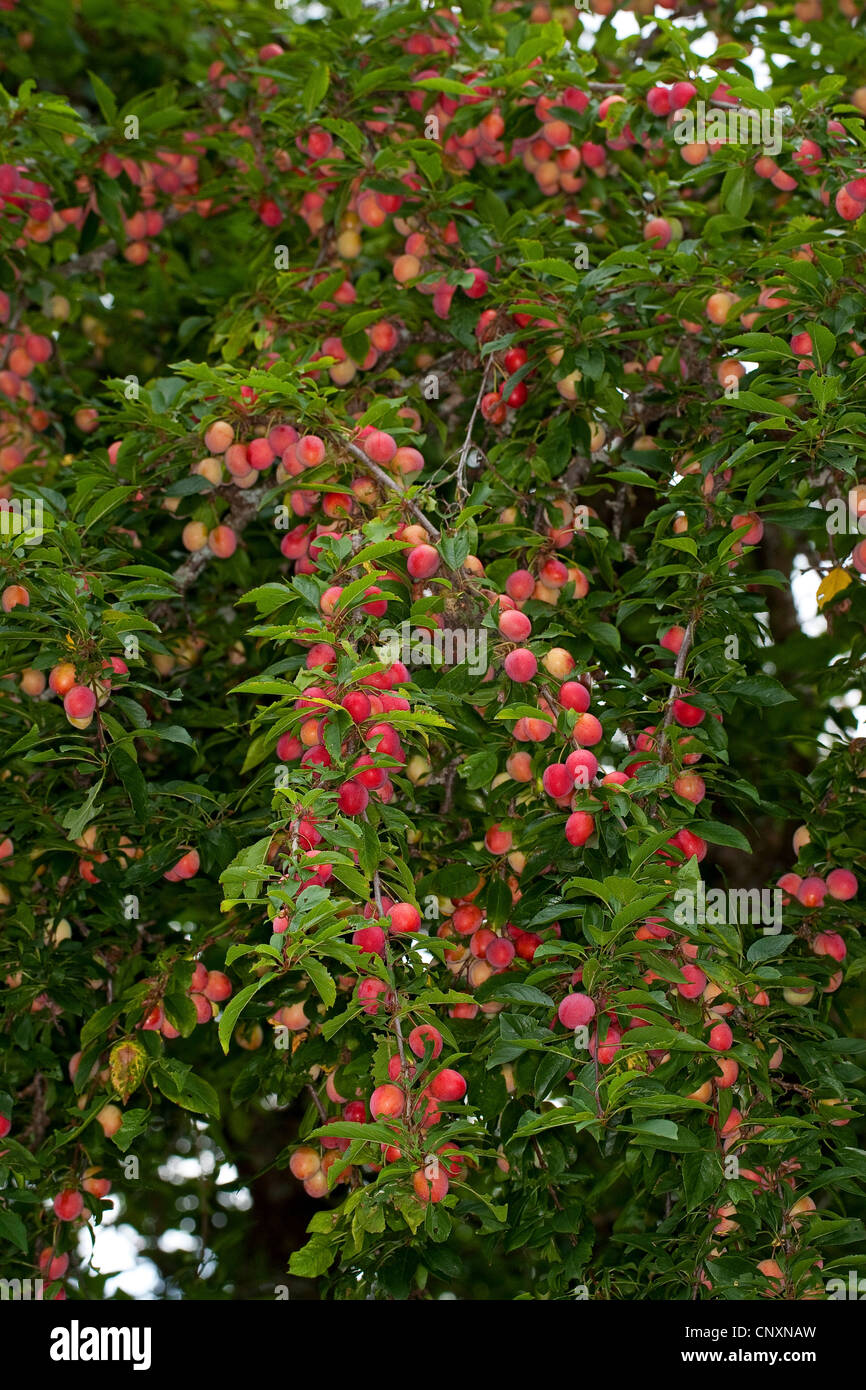
cherry plum, Myrobalan plum (Prunus cerasifera), fruiting, Germany
Prunus cerasifera, commonly called cherry plum or Myrobalan plum, is native to western Asia and the Caucasus. Today, it only exists in cultivation except for the many situations where it has escaped gardens and naturalized. Naturalization has occurred in the U.S., primarily in the northeast and far west.

Cherry plum, Myrobalan plum (Prunus cerasifera), fruits on a tree
Prunus cerasifera is a species of plum known by the common names cherry plum and myrobalan plum. It is native to Southeast Europe and Western Asia, and is naturalised in the British Isles and scattered locations in North America. Also naturalized in parts of SE Australia where it is considered to be a mildly invasive weed of bushland near urban centers.

Buy Cherry Plum Myrobalan Plum Prunus Cerasifera Hedging & Trees
Prunus cerasifera is a species of plum known by the common names cherry plum and myrobalan plum. [2] It is native to Southeast Europe [3] [4] [5] and Western Asia, [2] [6] and is naturalised in the British Isles [3] and scattered locations in North America.
3 Cherry Plum Trees / Prunus Cerasifera / Myrobalan, 23ft Tall, Edible
In vitro embryo culturing has arisen as a powerful tool for embryo germination of low-viability seeds. This tool has been used to germinate seeds of early-maturing or hybrid Prunus species. 'Myrobalan' (Prunus cerasifera Ehrh.) is a widely used rootstock for plum and apricot cultivars and its interspecific hybrids have a clear potential for breeding purposes. However, early seed abortion.

Fruits on a hedge of Myrobalan plum Prunus cerasifera Garden hedges
A new accession of myrobalan (Prunus cerasifera L.) from Sicily (Italy) was studied for the first time for its chemical and nutraceutical properties. A description of the main morphological and pomological traits was created as a tool for characterization for consumers. For this purpose, three different extracts of fresh myrobalan fruits were subjected to different analyses, including the.
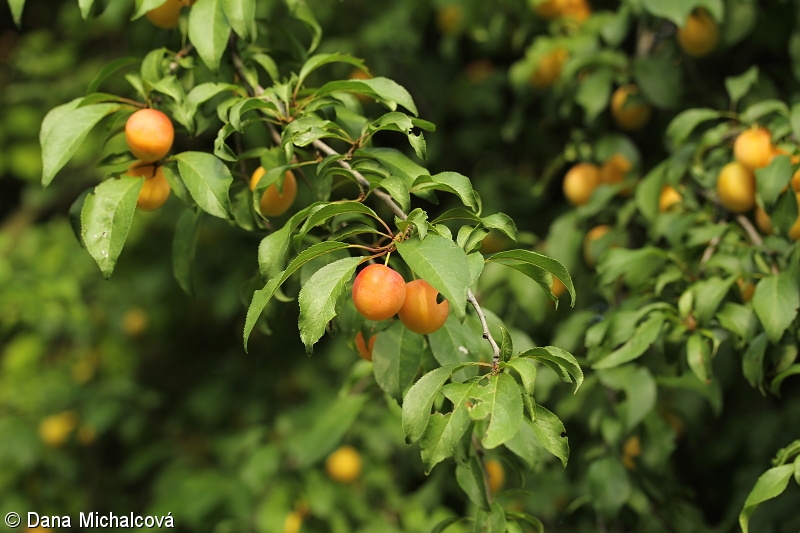
Prunus cerasifera slivoň myrobalán (myrobalán) BOTANICKÁ FOTOGALERIE
Myrobalan Type: Plum Rootstock: Patent: Not Patented Parentage: Prunus cerasifera Usage: Rootstock Seed Available: Seed available from Foundation Plant Services: Soil Adaptation: Wide range of adaptability and is tolerant to wet soil Resistance Traits:
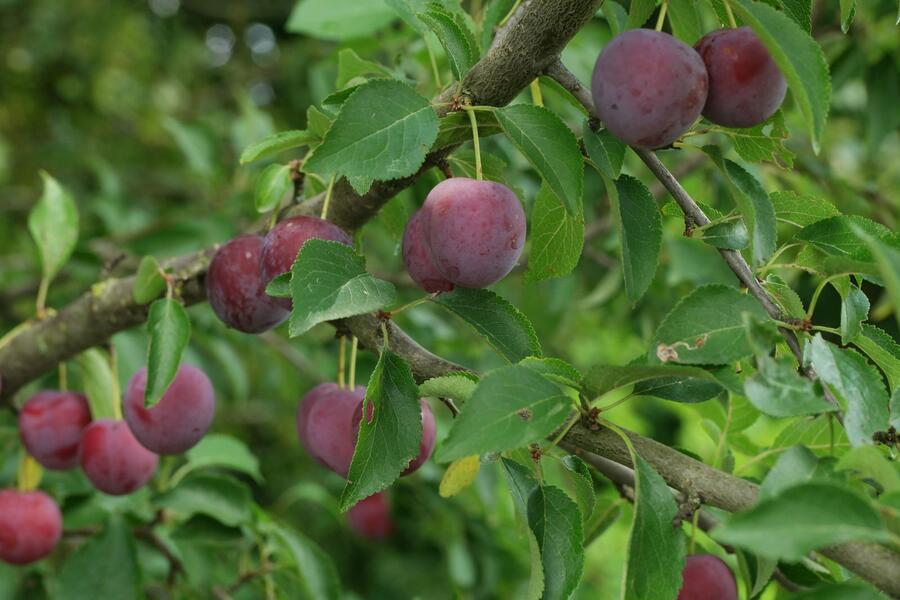
Slivoň myrobalán Prunus cerasifera Zahradnictví FLOS
Prunus cerasifera. Common name(s): Myrobalan Plum, Cherry Plum, Mariannan Plum. Plant type: deciduous small tree Primary method of propagation: seed Alternate propagation method(s): cutting. Propagation by Cuttings. Cutting type: secondary Time of year to take cuttings: early Winter Cutting maturity: hardwood Rooting hormone: IBA Quick Dip 5000 PPM

Ovocné netradiční rostliny Myrobalán třešňový Prunus cerasifera
Prunus Species: cerasifera Family: Rosaceae Life Cycle: Woody Wildlife Value: Fruits attract birds and small mammals.

Slivka čerešňoplodá Nigra (čierna mirabelka, čierny myrobalán
Quick facts Common names: cherry plum, myrobalan plum Scientific name: Prunus cerasifera Family: Rosaceae Origin: non-native Cherry plum is a broadleaf deciduous tree and one of the first Prunus species to flower in spring. It can grow to 8m.
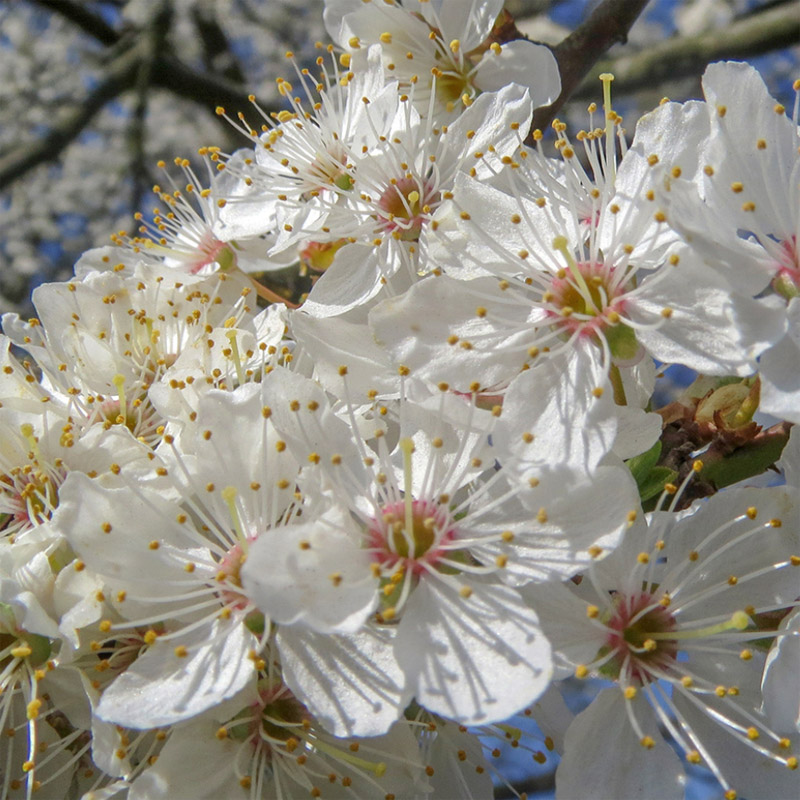
Buy Cherry or Myrobalan Plum Tree Prunus Cerasifera online
Abstract: Total phenolic content, total antioxidant activity of Myrobalan plum (Prunus cerasifera Ehrh.) and anthocyanin content in peel were analyzed in this article. In addition, ultra-performance liquid chromatography with photodiode array detection and electrospray ionization tandem mass spectrometry were used to determine anthocyanin composition of this fruit.

Prunus cerasifera Nigra Myrobalán Mondo Piante
Summary Bloom Color: Pink, White. Main Bloom Time: Early spring, Late spring, Mid spring. Form: Rounded, Vase. Physical Characteristics Prunus cerasifera is a deciduous Tree growing to 9 m (29ft) by 9 m (29ft) at a medium rate. See above for USDA hardiness. It is hardy to UK zone 4.
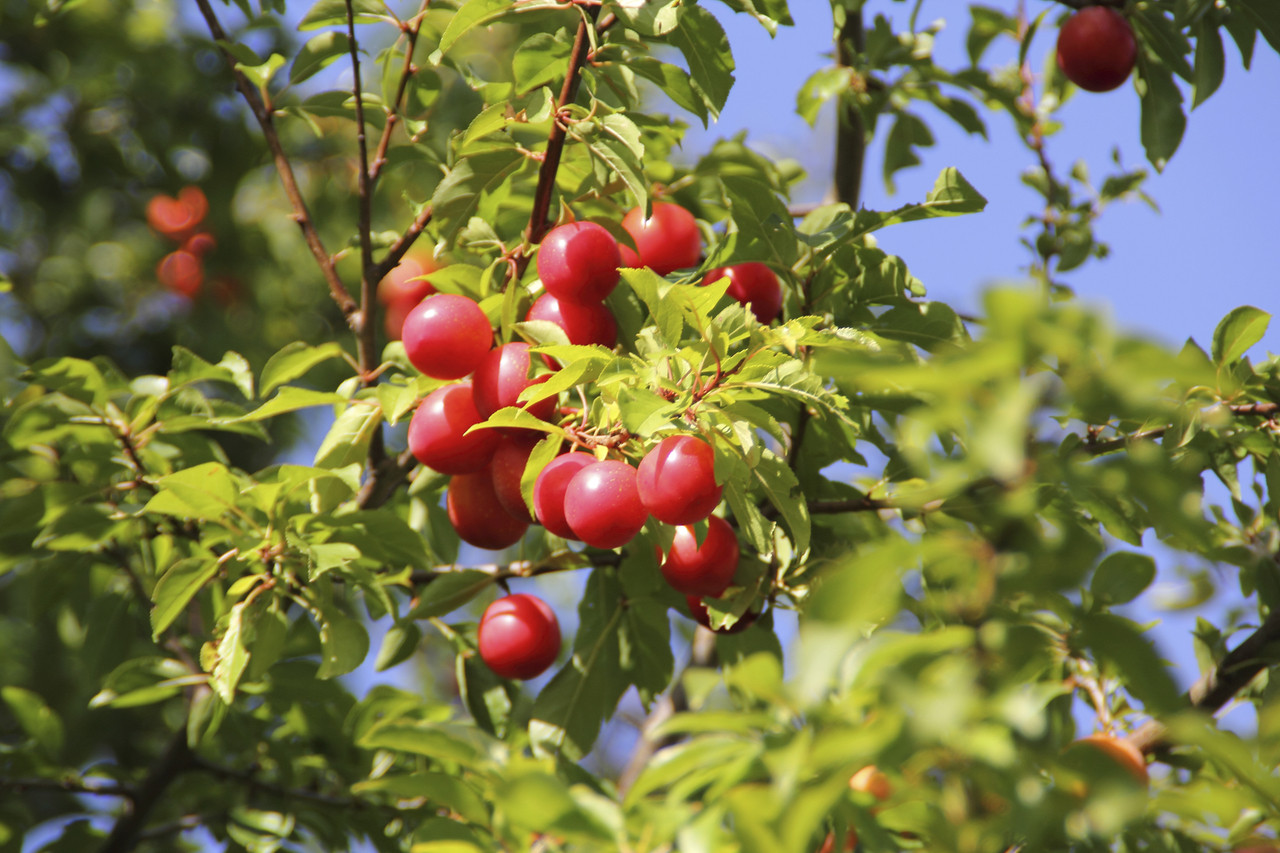
20 Cherry Plum Trees / Prunus Cerasifera / Myrobalan, 23ft Tall
Prunus cerasifera. Common names: cherry plum; Myrobalan plum; Pissard plum; purpleleaf plum. Prunus cerasifera (cherry plum) is a deciduous tree (family Rosaceae). It is an ornamental plant that has escaped cultivation, so it is often found near towns and along roadsides, as well as in chaparral, woodland, and riparian areas.

Cherry plum, Myrobalan plum (Prunus cerasifera), yellow cherry plums on
No Potentially harmful Genus Prunus Genus description Prunus can be deciduous or evergreen trees or shrubs with showy flowers in spring, and often good autumn foliage colour. Some have edible fruit in autumn, and a few species have ornamental bark Name status Unresolved Advertise here

cherry plum, Myrobalan plum (Prunus cerasifera 'Nigra', Prunus
This is a new grove of strong growing hardy trees appear to be free of all visible signs of disease including black knot. Seed Count: 10-12 Collection Date: August 2023 Hardiness Zone: 4-8 Preferred conditions: Full to semi sun; humus rich acidic soil Height and Width: 7m x 5m Germination test type: float Family: Rosaceae
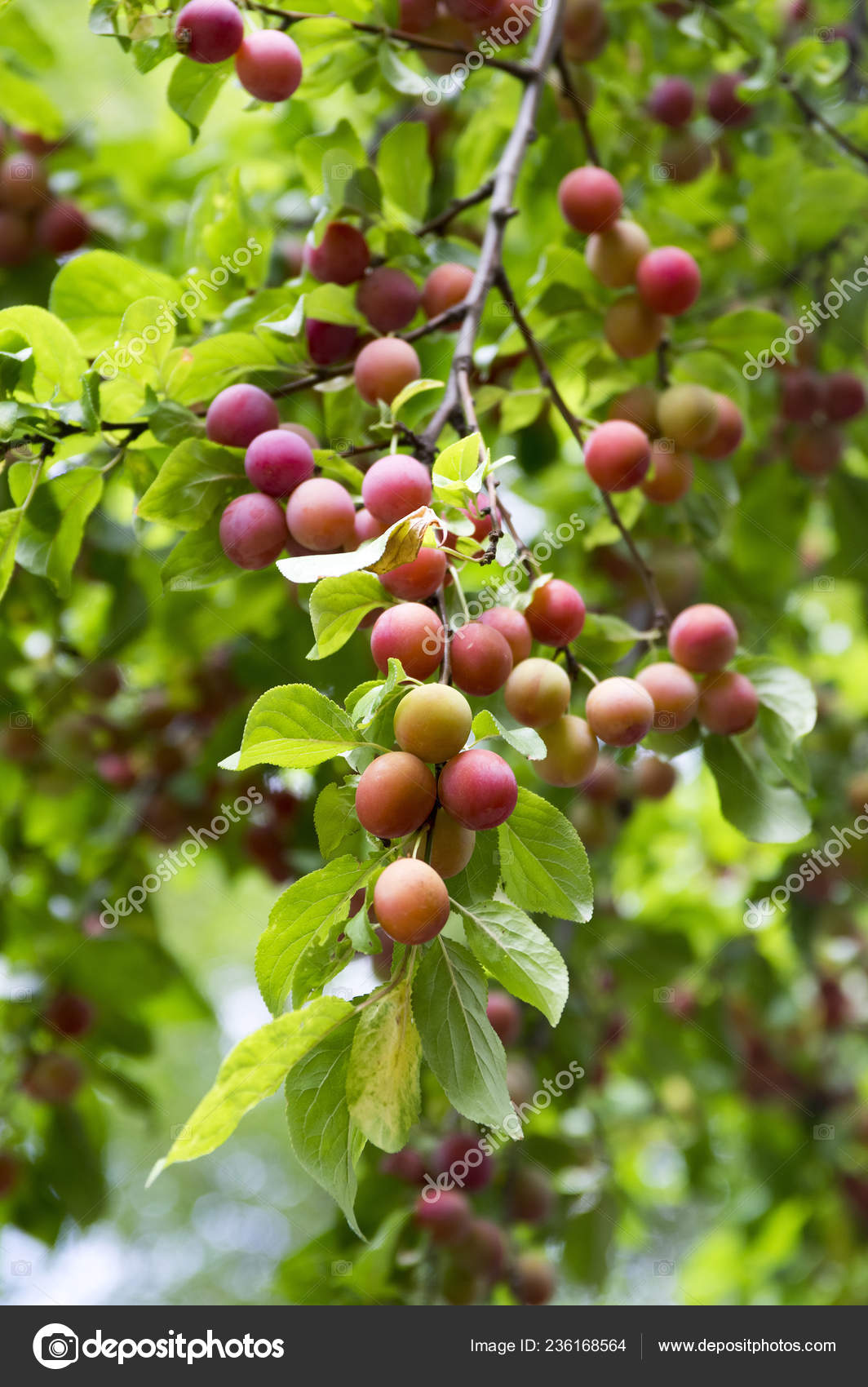
Prunus Cerasifera Cherry Plum Tree Myrobalan Plum Branches Full
Working with others to conserve, protect and enhance fish, wildlife, plants and their habitats for the continuing benefit of the American people.

Myrobalan plum (red variety) Prunus cerasifera Flora obscura
Cherry plum trees should be pruned from spring to midsummer. Experts recommend pruning young Myrobalan cherry plum trees in early spring and mature trees in late spring to early summer. When trimming a cherry plum, remove any suckers growing from the rootstock. You should also remove any crossing or rubbing branches, and dead or damaged branches.